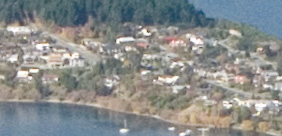Panasonic Lumix DMC-FZ8
-
-
Written by Gordon Laing
Panasonic Lumix DMC-FZ8 vs Sony Cyber-shot DSC-H9
More results : Outdoor / Resolution / Noise / Noise 2 / Corner sharpness / Fringe & macro / Distortion / Vignetting
Panasonic Lumix DMC-FZ8 JPEG versus RAW comparison
| ||||||||||||||
Panasonic Lumix DMC-FZ8 results continued…
Outdoor / Resolution / Noise / Noise 2 / Corner sharpness / Fringe & macro / Distortion / Vignetting
outdoor scene |
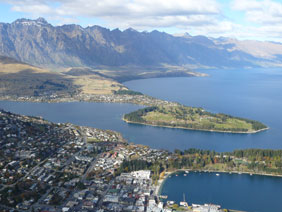 |
To compare real-life performance we shot the same scene with the Panasonic Lumix DMC-FZ8 and Sony Cyber-shot DSC-H9 within a few moments using their lowest ISO settings. The zoom lenses of each camera were adjusted to deliver the same field of view; the FZ8 crops show a slightly larger field due to its slightly lower resolution. The image left was taken with the Panasonic Lumix DMC-FZ8 at 7mm f5.6 and with a sensitivity of 100 ISO; the original JPEG measured 3.3MB. The crops are taken from the top left, centre and lower right areas. |
The Panasonic FZ8 may have one less Megapixel than the Sony H9, but the crops below reveal a great deal about the actual differences between the cameras in real-life. The first row shows the H9 suffering from quite obvious coloured fringing, while the third row shows the H9 exhibiting considerable smearing through noise reduction, even at 80 ISO. So while the FZ8 is far from perfect, and indeed shows noise speckles at 100 ISO, it still delivers superior image quality to the Sony H9 under ideal conditions like these – and it’s comfortably cheaper too. For RAW results with the FZ8, check further down this page. For more outdoor results against the Sony H9, check our FZ8 Outdoor noise page. |
Panasonic Lumix FZ8 |
Sony Cyber-shot H9 | |
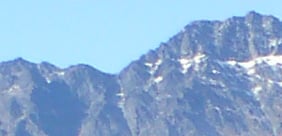 | 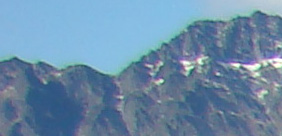 | |
f5.6, 100 ISO |
f5.6, 80 ISO | |
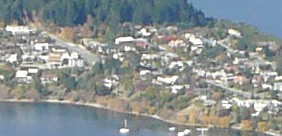 | 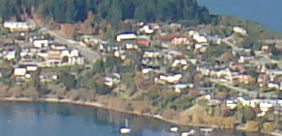 | |
f5.6, 100 ISO |
f5.6, 80 ISO | |
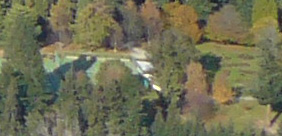 | 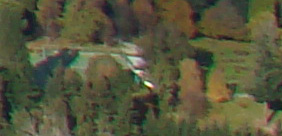 | |
f5.6, 100 ISO |
f5.6, 80 ISO |
